-
Der illuminierte Mzona-Mythos des Pierre Richard von Kédange (1802-1879). Teil I
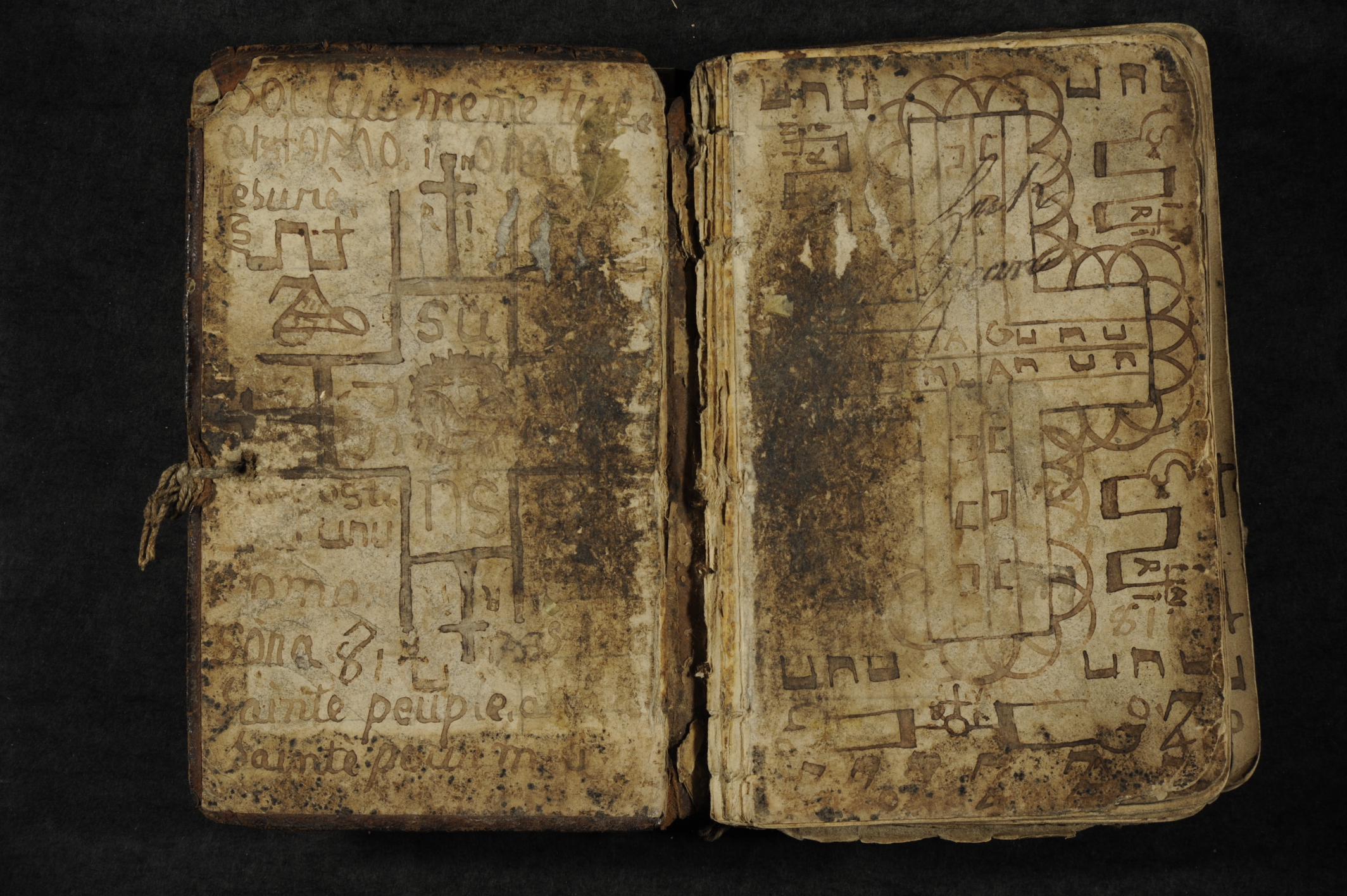
Vom Elsass nach Lothringen / Die Recherche / Das Buch 2010 tauchten bei einem Straßburger Buchhändler drei grafische Grimoires aus der nord-lothringischen Provinz auf, deren Eigenart und graphische Intensität in Erstaunen versetzte. Als Autor wies sich ein Richard aus Kédange aus, heute Kédange-sur-Canner, einem Ort unweit der Grenze zum Saarland und ca. 30 km nördlich […]
-
Jan Vegter´s biographical documentary “Meppel, an odd year ” (ca. 1992 – 1995) (Exhibition / Catalogue)
Jan Vegter´s sensitive drawing series Meppel, een raar jaar (‘Meppel, an odd year’) covers the beginning of WW II in the Netherlands, the German invasion, the bombardment of Rotterdam and the first days of the occupation. This brillant biographical body of work, consisting of fifty-one plates, is on show for the first time in the […]
-
Denkt an Horthy! Die interventionistische Kunst von Mihály Biró.
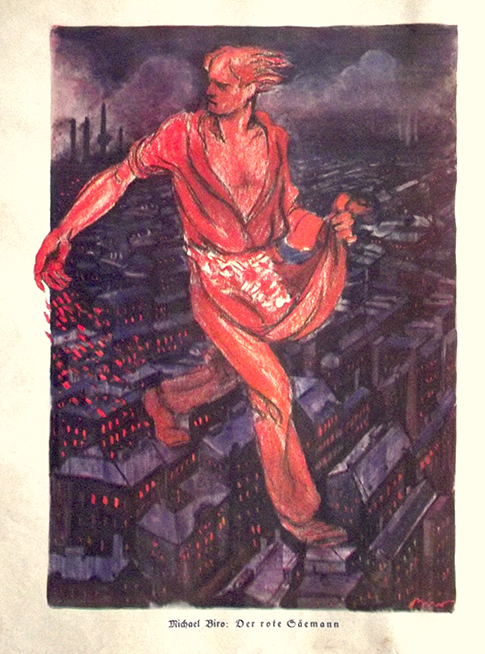
Im Rahmen der Ausstellung „Turning Points. The Twentieth Century through 1914, 1939, 1989 and 2004“ in der Ungarischen Nationalgalerie Budapest ist das Melton Prior Institut mit einer umfangreichen Installation vertreten. Das Arrangement „Gondolj Horthyra / Think about Horthy,” mit der die Ausstellung zur wendungsreichen Geschichte des 20. Jahrhunderts am Beispiel Ungarns eingeleitet wird, konfrontiert zwei […]
-
Jan Vegter´s art of processing memory. A biographical sketch.
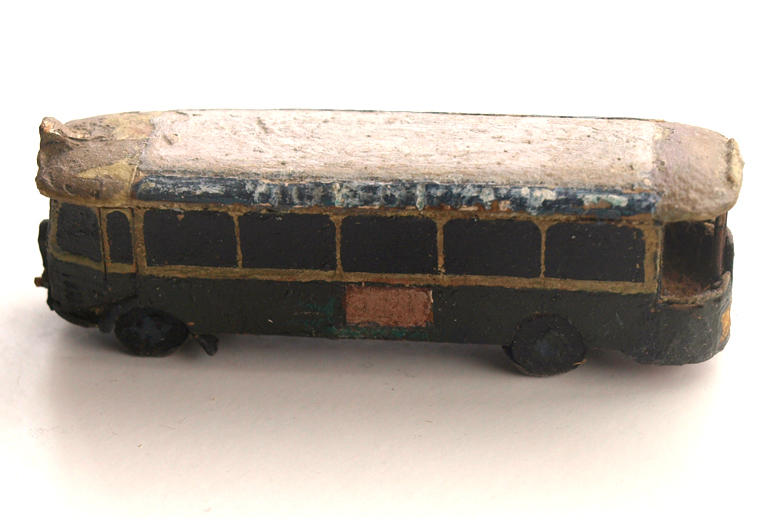
Nicht übersetzt: Jan Vegter was born March 29, 1927, in Voorburg (The Netherlands). He died there in 2009. Almost his entire life he lived in this small town near The Hague. Jan got his education as an artist at the Royal Academy at The Hague from 1945 till 1950. One of his teachers was Willem […]
-
Meppel, an odd year (Meppel, een raar jaar), ca. 1992 – 1995
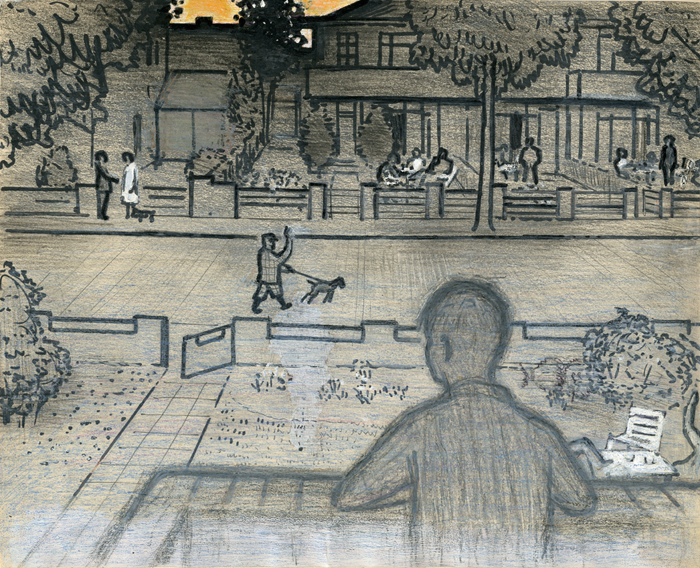
After his retirement as a drawing teacher in 1992 Jan Vegter (1927-2009) started to work intensely on the visualization of his memories of crucial periods of his life. To focuse his memory performance he decided to build detailed scale models of certain technical and topographic conditions. This amazing series was the first example of his […]
-
Fresnes – Observations of a collaborateur. Part II
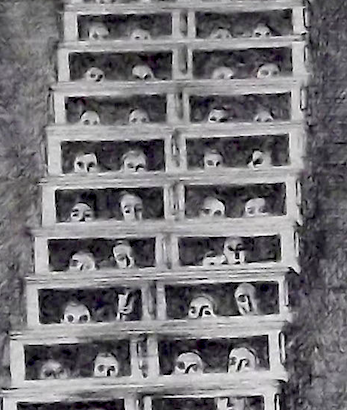
Rio was a pseudonym of Ralph Soupault (1904-1962), who became known in the 1920s as the leading cartoonist of the French nationalist reaction. Later on he joined the French fascist party PPF. Soupault was a supporter of the German occupying forces and became notorious for his anti-semitic propaganda. In 1946 he was arrested and sentenced […]
-
Fresnes – Observations of a Collaborateur. Part I, Paris 1947

Rio was a pseudonym of Ralph Soupault (1904-1962), who became known in the 1920s as the leading cartoonist of the French nationalist reaction. Later on he joined the French fascist party PPF, which was led by the former communist activist Jacques Doriot. Like his friend, the groundbreaking novelist Celine, Soupault was a supporter of the […]
-
Evil Empires II: Britische Bilder, 48 political drawings, Berlin 1943

Die Arbeiten des thüringischen Grafikers A. Paul Weber waren stark von den visionären Bildfindungen Alfred Kubins geprägt. In seinem Hauptwerk, dem 1941 erschienenen Grafikzyklus “Britische Bilder”, finden sich auch Einflüsse von Gustav Dorés “London Pilgrimage” und anderen französischen Zeichnern wie Théophile Steinlen, Charles Léandre und Jean Veber, die alle für das anarchistische Karikaturmagazin “Assiette au […]
-
Evil Empires I: Konzentrationslager im Transvaal
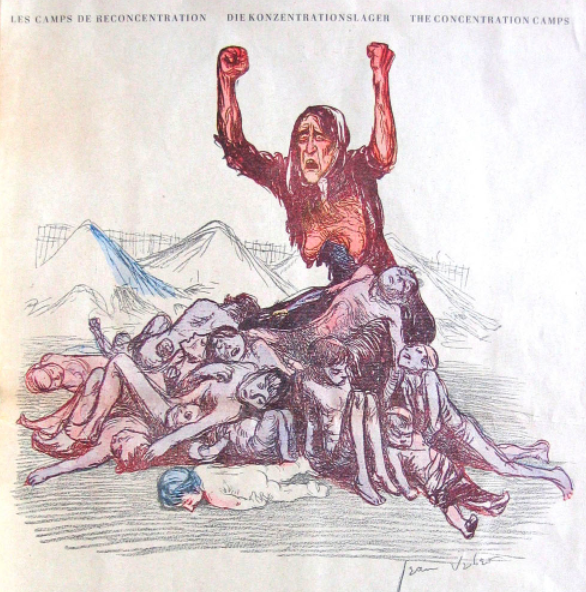
Während des Zweiten Burenkriegs sank das Ansehen des britischen Empire auf einen Tiefpunkt. Anlass war die Einrichtung von Konzentrationslagern in Südafrika als Maßnahme gegen den Guerrillakrieg, den die einheimischen Farmer gegen das Imperium führten. Über 26.000 Buren, vor allem Frauen und Kinder, starben auf Grund der katastrophaler Haftbedingungen an Hunger und Krankheiten. Jean Veber widmete […]
-
“Vogelmen Diaries” (Trailer by Stefan Heller)
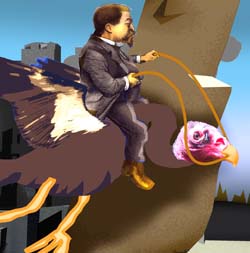
Der Trailer …